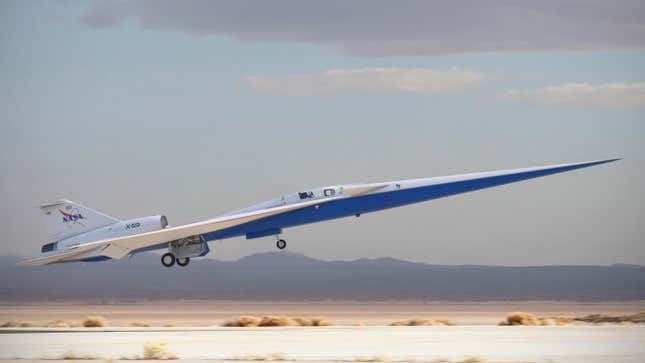
NASA thinks there may be a business case for supersonic passenger air travel at speeds up to Mach 4, perhaps equipped with new technology that would allow overland supersonic routes for the first time.
It’s been twenty years since Concorde’s final commercial passenger flight in October 2003. Since the iconic aircraft’s retirement, no passenger airline has offered supersonic services. NASA’s studies concluded that there are about 50 established routes with potential passenger markets for supersonic services.
Due to the current government restrictions on overland supersonic flight, the report only analyzed transoceanic services over the Atlantic and Pacific Oceans. Emerging technologies might create even more possibilities, like those being developed by NASA’s Quesst mission. In collaboration with Lockheed Martin, NASA is developing the X-59 to find methods of reducing sonic booms, opening up over-land supersonic air travel.
NASA also has another separate program, the Advanced Air Vehicles Program, to push commercial airlines to never-seen-before speeds. The agency stated in a blog post:
NASA’s Advanced Air Vehicles Program (AAVP) is now moving into the next phase of the high-speed travel research, which includes issuing two 12-month contracts to companies to develop concept designs and technology roadmaps. The roadmaps will explore air travel possibilities, outline risks and challenges, and identify needed technologies to make Mach 2-plus travel a reality.
NASA gave one of the two 12-month contracts to a team led by Boeing, and the other was handed to a team led by Northrop Grumman. Over the course of the next year, the teams are expected to produce a roadmap for the airframe, propulsion, thermal management and composite materials necessary for high supersonic speeds. The aircraft would be under immense stress while flying at Mach 4 or 3,069 miles per hour. In ideal conditions, Concorde could hold a speed just over Mach 2, twice the speed of sound.
While we likely won’t see the benefits of these projects within this decade, the development work being done now could result in the return of supersonic travel by the late 2030s.

